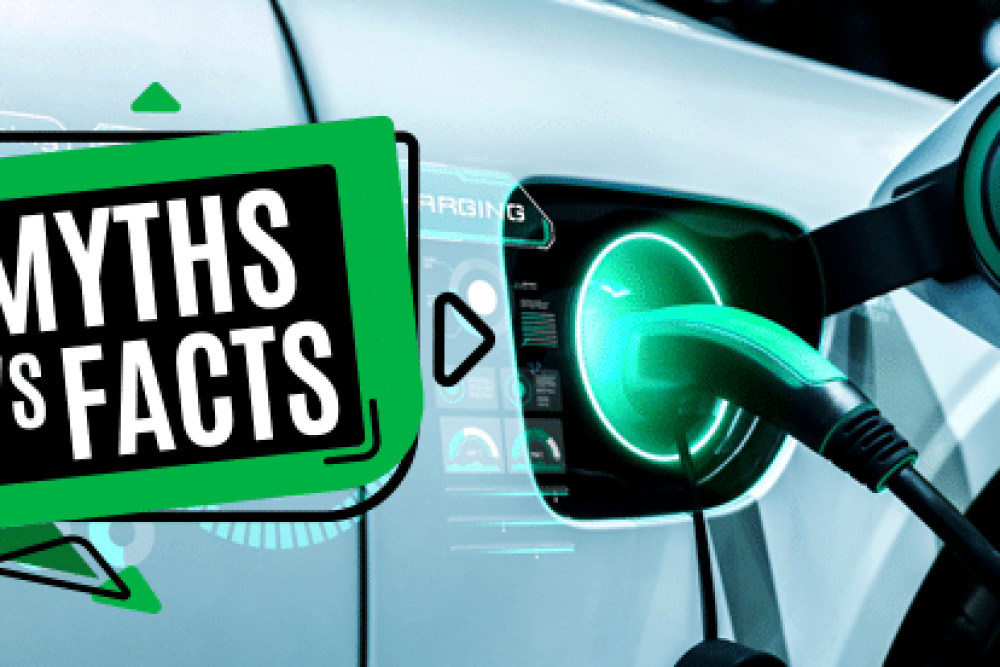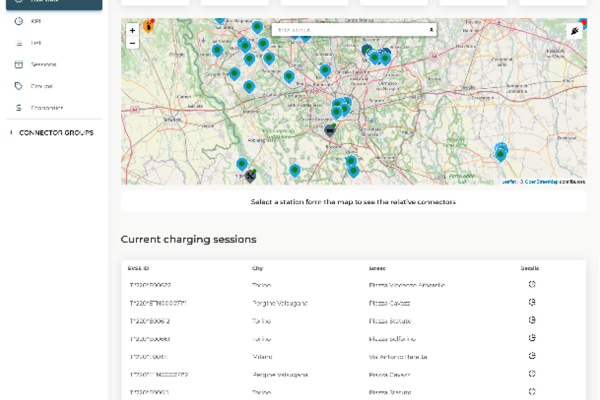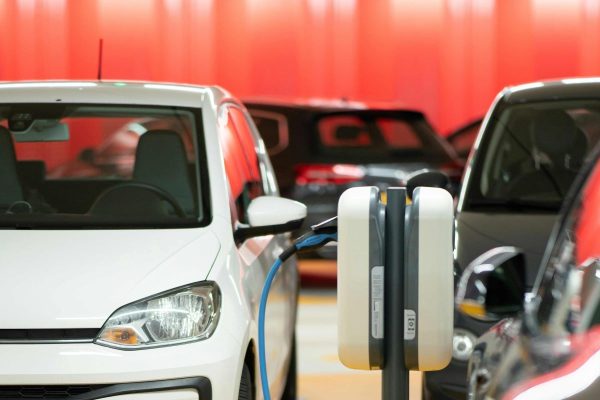AS a fleet professional, we’re sure you’ve come across plenty of conflicting pieces of information about electric vehicles and their potential impact on your fleet.
Advanced driver coaching business Lightfoot unpacks three of the major myths surrounding EVs, so you can learn the truth about transitioning your fleet ahead of the new 2035 deadline.
Drivers don’t need extra training to drive an EV
Whilst many people have been pleasantly surprised at how easy it is to adapt from driving an ICE vehicle to an electric vehicle, training should still be provided to drivers who are unfamiliar with EVs if you want to get the best out of your new vehicles.
In fact, the Energy Saving Trust found that drivers who received EV training were able to reduce typical EV energy consumption by 16%, allowing for greater range per charge.
With Lightfoot’s in-cab coaching technology, drivers learn to adopt a smoother, safer driving style in petrol and diesel vehicles that makes efficient EV driving second nature when it’s time to switch, removing the need for extensive training. Better yet, our EV solution is proven to extend average journey range by over 15%.
EVs are more expensive than ICE vehicles
It’s true that EVs are a considerably higher cost to purchase or lease compared to their petrol or diesel counterparts, but in truth, the total cost of ownership (TCO) has been shown to be significantly lower for electric vehicles.
Running costs – such as the electricity that ‘fuels’ them and reduced maintenance needs – are much lower than for ICE vehicles, whilst reduced VAT and tax can also help offset the initial outlay.
Keeping EVs in good condition is key to making sure running costs stay low, which is why deploying a solution like Lightfoot is so important. In both ICE and electric vehicles, Lightfoot’s real-time driver coaching leads to up to 45% less wear and tear as a result of smoother driving.
EVs are more expensive than ICE vehicles
It’s true that EVs are a considerably higher cost to purchase or lease compared to their petrol or diesel counterparts, but in truth, the total cost of ownership (TCO) has been shown to be significantly lower for electric vehicles.
Running costs – such as the electricity that ‘fuels’ them and reduced maintenance needs – are much lower than for ICE vehicles, whilst reduced VAT and tax can also help offset the initial outlay.
Keeping EVs in good condition is key to making sure running costs stay low, which is why deploying a solution like Lightfoot is so important. In both ICE and electric vehicles, Lightfoot’s real-time driver coaching leads to up to 45% less wear and tear as a result of smoother driving.
Winter is the worst time to run EVs
Electric vehicles are affected by the seasons and the different weather conditions they bring, so it’s crucial that you factor this into your long-term EV plan and think about what this could mean for your fleet.
Winter can be especially draining on the battery as more energy is used to keep the vehicle warm during colder temperatures, but this isn’t always the least efficient time to run an EV. According to our latest research, summer can also have a big impact.
Lightfoot data shows that during the 2022 heatwave, electric vehicles experienced a 20% drop in efficiency due to the heavy use of air-conditioning, whilst the mild winter that followed had much less of an effect on the average miles travelled per kWh.








